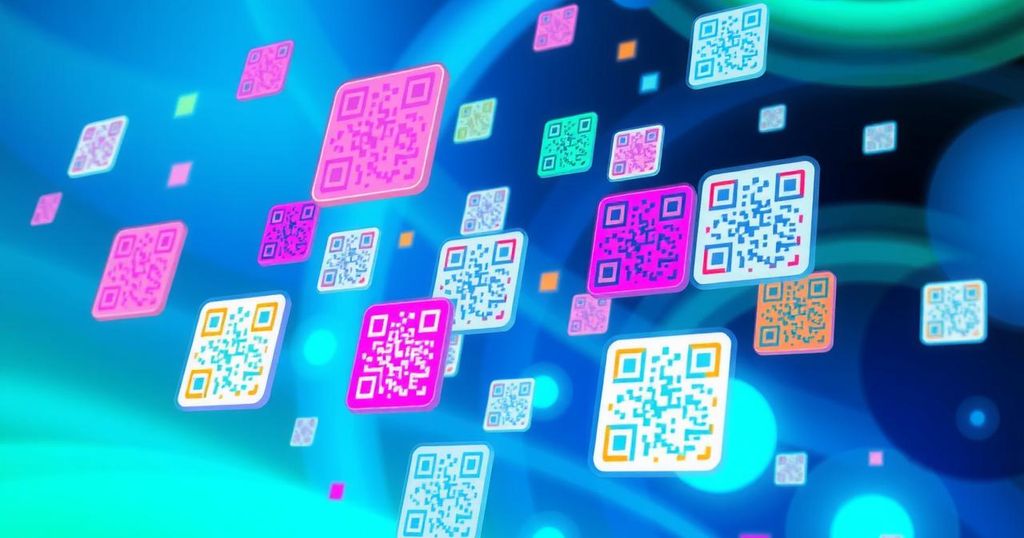Malaysia ranks second in the world for QR code payment adoption at 61.5%, trailing only behind China. The rapid growth is attributed to convenience, innovation in fintech, and government initiatives like DuitNow QR, which simplifies transactions across various platforms. While digital payments are advancing, it is important to remain mindful of those who may still prefer cash, ensuring inclusivity in the shift to cashless transactions.
In recent years, Malaysia has emerged as a leader in QR code payment adoption, currently ranking second globally at 61.5%, just behind China, which leads at 67.4%. This remarkable growth in digital transactions allows Malaysians to pay for goods and services using their smartphones, reflecting a significant shift towards cashless payments.
The popularity of QR codes in Malaysia is attributed to their easy accessibility, found in diverse locations from upscale boutiques to local food stalls. This rapid adoption is not coincidental; it is driven by the convenience of QR codes, advancements in fintech, and supportive government initiatives like DuitNow QR, which unify various payment providers under a single system.
DuitNow has standardized the QR payment process, eliminating the need for multiple codes linked to different e-wallets. It simplifies transactions for both merchants and customers, fostering increased acceptance of QR payments across various financial platforms, such as Touch ‘n Go eWallet and GrabPay.
The growth of QR code payments is underpinned by various factors, including ease of use for vendors and consumers alike, along with a strong push from banks and government initiatives promoting cashless transactions. The COVID-19 pandemic further accelerated this transition, making touchless payments a standard practice.
Since DuitNow QR’s launch in 2019, merchant registrations have skyrocketed to 2 million, which significantly surpasses traditional point-of-sale terminals. Notably, small businesses constitute 80% of DuitNow QR merchants, highlighting its appeal to various commercial sectors and affirming Malaysia’s strong position in the QR payment landscape.
While celebrating this success, it is vital to recognize the potential pitfalls of pushing too aggressively toward a cashless society. Some communities, particularly in rural areas and among older demographics, may still rely heavily on cash. Thus, it is essential to maintain a balance between advancing digital payment solutions and accommodating those who are not ready to transition fully to cashless alternatives.
Malaysia’s rise as the second largest adopter of QR code payments globally underscores a significant trend towards digital transactions, driven by accessible technologies and supportive regulations. While the shift to cashless payments offers numerous advantages, it is crucial to ensure that the needs and preferences of all demographics are considered to avoid alienating any segment of the population. By fostering a balanced approach, Malaysia can continue to thrive in its digital payment journey without leaving anyone behind.
Original Source: fintechnews.my






